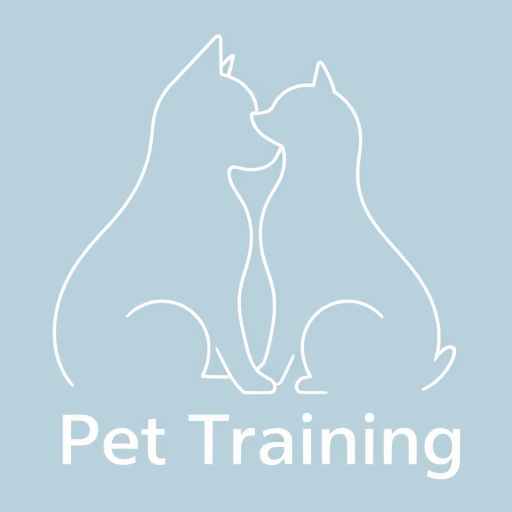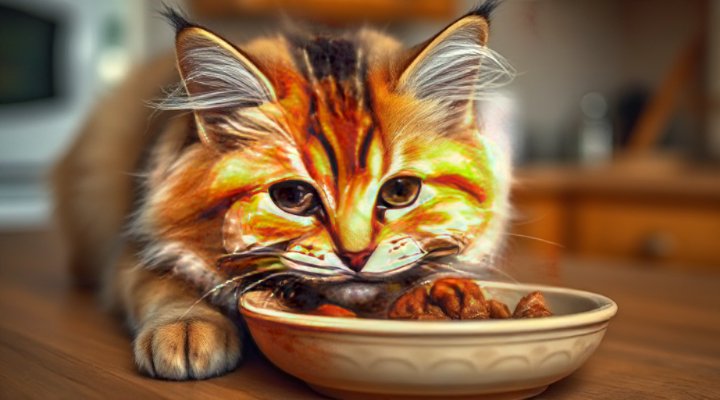Why Wet Cat Food Benefits Feline Hydration
Cats naturally have a low thirst drive, which means they often don’t drink enough water on their own. Consequently, moisture-rich wet food becomes essential for maintaining proper hydration levels. That is to say, while dry kibble typically contains only 10% moisture, wet cat food boasts approximately 78% water content. This significant difference makes wet food an excellent source of hydration, especially for cats who are reluctant water drinkers.
Moreover, proper hydration supports kidney function and helps prevent urinary tract issues. For instance, many veterinarians recommend wet food for cats prone to urinary crystals or kidney problems. Additionally, the higher moisture content aids digestion and can help prevent constipation. Above all, well-hydrated cats generally have better skin elasticity, shinier coats, and overall improved vitality.

Nutritional Advantages of Moisture-Rich Diets
Beyond hydration, wet cat food benefits include superior nutritional profiles compared to many dry alternatives. Firstly, high-quality wet foods often contain more animal-based proteins, which are essential for obligate carnivores like cats. Furthermore, the canning process preserves nutrients effectively, ensuring your cat receives vital vitamins and minerals.
Additionally, wet food typically has fewer carbohydrates than dry kibble. This is particularly important because cats have limited ability to process carbohydrates efficiently. Moreover, the soft texture makes wet food ideal for kittens, senior cats, or those with dental issues. Meanwhile, the aroma and texture often appeal to picky eaters, ensuring they consume adequate nutrition.
For cats with specific health needs, many brands offer specialized formulas. For example, Royal Canin Urinary SO addresses urinary health, while other products cater to weight management or sensitive stomachs. Similarly, our guide on kitten food for sensitive stomachs complements wet food choices for young felines.

How Wet Food Prevents Feline Dehydration
Dehydration in cats can lead to serious health complications, including kidney disease and urinary problems. Therefore, incorporating wet food into your cat’s diet serves as a preventive measure. Specifically, the high moisture content helps maintain electrolyte balance and supports proper organ function.
But how much water do cats actually need? Generally, cats require approximately 3.5-4.5 ounces of water per 5 pounds of body weight daily. However, cats consuming dry food alone often struggle to meet this requirement through drinking alone. Consequently, feeding wet food provides a significant portion of their daily water needs through nutrition.
Furthermore, according to the American Veterinary Medical Association, proper hydration is crucial for preventing feline lower urinary tract disease (FLUTD). Likewise, the Cornell University College of Veterinary Medicine emphasizes moisture-rich diets for cats with historical urinary issues. Most importantly, monitoring your cat’s hydration is simple: gently pinch the skin between their shoulder blades—if it doesn’t snap back quickly, they might be dehydrated.

Top Wet Cat Food Brands for Optimal Nutrition
Royal Canin Feline Health Nutrition
Royal Canin offers breed-specific, age-specific, and condition-specific wet food formulas. Their products feature precise nutrition with high-quality proteins and balanced moisture content. Additionally, they incorporate essential nutrients like taurine, which is vital for feline heart and eye health.
Hill’s Science Diet Wet Cat Food
Hill’s Science Diet provides clinically proven nutrition with natural ingredients. Their wet food options support urinary health, weight management, and sensitive systems. Moreover, they offer variety packs that allow cats to enjoy different flavors while maintaining nutritional consistency.
Purina Pro Plan Wet Cat Food
Purina Pro Plan features high-protein formulas with real meat, poultry, or fish as first ingredients. Their wet foods include gravy or sauce options that enhance palatability and provide additional moisture. Furthermore, they offer specialized lines for different life stages and health requirements.
When selecting wet food, consider your cat’s specific needs. For instance, our article on senior cat nutrition provides additional guidance for older felines. Similarly, kittens benefit from specific formulations discussed in our kitten feeding guide.

Choosing the Right Wet Food for Your Cat
Selecting appropriate wet cat food involves considering several factors. Firstly, examine the ingredient list—look for named animal protein sources as first ingredients. Secondly, consider your cat’s age, activity level, and any health conditions. Additionally, transition gradually between foods to avoid digestive upset.
Moreover, portion control is crucial with wet food since it’s typically higher in calories than dry food. Likewise, proper storage is important—once opened, wet food should be refrigerated and used within 2-3 days. Meanwhile, always provide fresh water alongside wet food, even though it contains substantial moisture.
For cats with particular dietary needs, consult your veterinarian. They can recommend prescription diets or specific formulations. Furthermore, consider rotating between high-quality brands to provide nutritional variety. Most importantly, observe your cat’s response to new foods—healthy skin, coat, energy levels, and proper digestion indicate good nutritional balance.

Balancing Wet and Dry Food in Feline Diets
Many cat owners successfully combine wet and dry food to leverage benefits from both. This approach provides hydration from wet food while offering dental benefits from dry kibble’s abrasive action. However, ensure total calorie intake aligns with your cat’s needs to prevent weight gain.
Furthermore, scheduled feeding rather than free-feeding helps maintain healthy weight when combining food types. Additionally, consider your cat’s preferences—some enjoy wet food in the morning and dry food in the evening. Meanwhile, always monitor water consumption regardless of diet composition.
Remember that every cat is unique. What works for one might not work for another. Therefore, patience and observation are key when adjusting diets. Above all, regular veterinary check-ups ensure your cat’s nutritional needs are being met appropriately throughout their life stages.
Related Keywords: feline hydration, moisture-rich cat nutrition, canned cat food advantages, best wet food for cats, urinary health in cats, senior cat wet food, kitten wet food benefits, high-protein wet cat food, grain-free wet cat food, veterinary-recommended cat food

